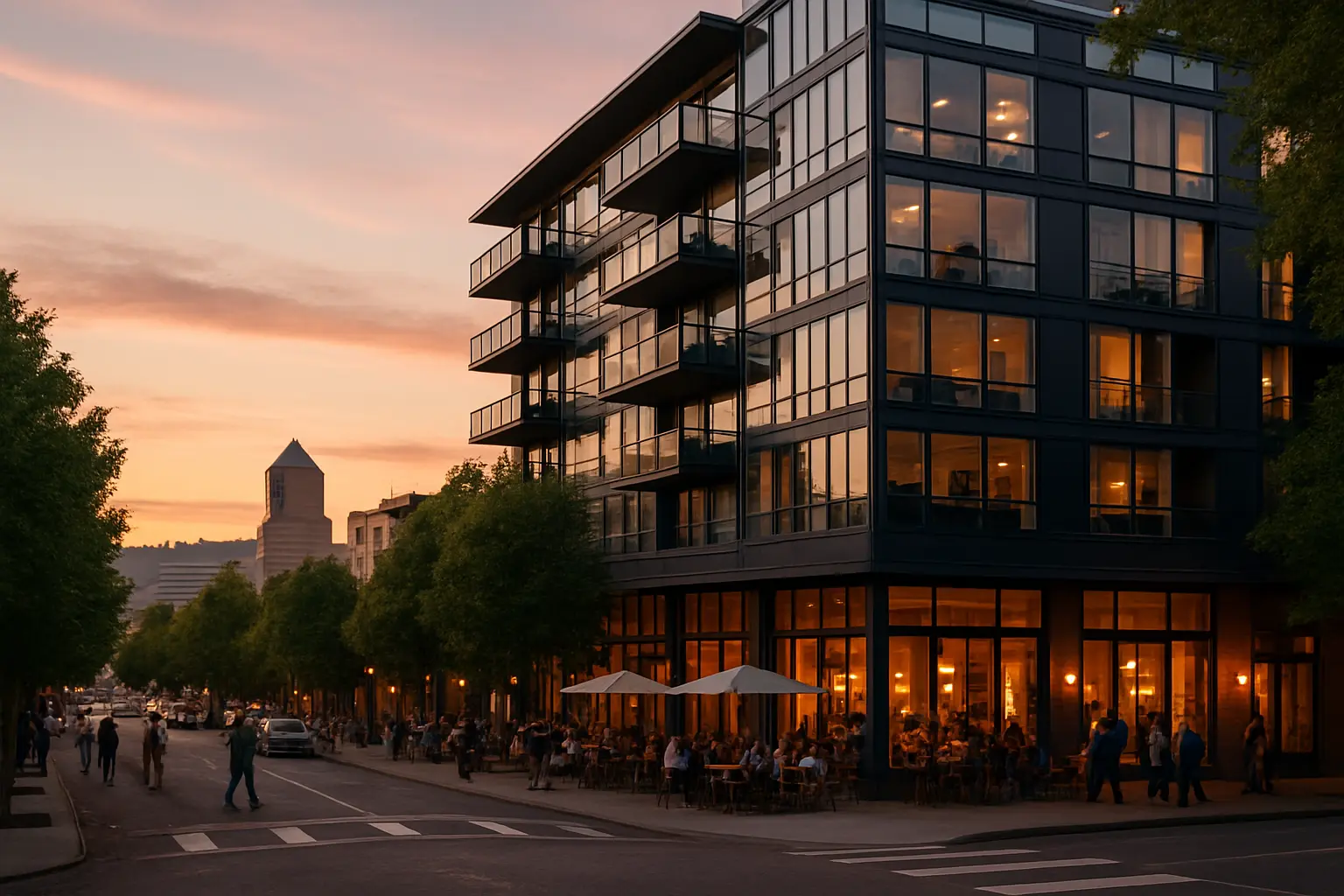The Rise of Mixed-Use Developments: How Portland Metro is Redefining Live-Work Spaces
Discover how innovative mixed-use properties in Portland, Beaverton, and Lake Oswego are creating thriving micro-communities and investment opportunities.

The Evolution of Urban Living and Working Spaces in the Portland Metropolitan Area
The Portland metropolitan area has emerged as a pioneer in reimagining urban spaces, with mixed-use developments leading the charge in creating vibrant, sustainable communities. These innovative properties combine residential, commercial, and recreational spaces, offering a modern solution to the growing demand for integrated living environments.
As urban populations continue to grow, developers and city planners have recognized the need for more efficient land use and community-centered design. The result has been a transformation of both downtown areas and suburban neighborhoods into dynamic spaces that promote connectivity and convenience.
The Advantages of Mixed-Use Developments
Mixed-use developments across Portland Metro are demonstrating the numerous benefits of integrated living spaces. Here are the key advantages driving their popularity:
- Reduced Carbon Footprint: With amenities within walking distance, residents rely less on vehicles for daily activities
- Enhanced Community Connection: Shared spaces and local businesses create natural gathering points
- Economic Vitality: Diverse property uses provide multiple revenue streams for investors
- Improved Work-Life Balance: Shorter commutes and accessible amenities save valuable time
Success Stories Across the Region
In downtown Portland, developments like Pearl District's latest projects showcase how mixed-use properties can revitalize neighborhoods. These developments feature ground-floor retail spaces, creative office environments, and luxury apartments above, all connected by pedestrian-friendly streetscapes.
Mixed-use developments are not just buildings; they're carefully crafted ecosystems that foster community growth and sustainable living.
Beaverton's downtown transformation has created a new urban core, with developments incorporating local restaurants, boutique retail spaces, and modern apartments. Meanwhile, Lake Oswego's waterfront district demonstrates how mixed-use properties can preserve local character while introducing contemporary living solutions.
Reshaping Suburban Areas
The mixed-use revolution isn't limited to urban centers. Suburban areas like Gresham are experiencing their own renaissance through strategic development projects. These newer developments are creating:
- Walkable neighborhood centers
- Local employment opportunities
- Community gathering spaces
- Diverse housing options
Investment Opportunities and Market Trends
For investors, mixed-use developments represent a compelling opportunity in the Portland Metro real estate market. The diversification of revenue streams across residential, retail, and office spaces provides natural risk mitigation, while the growing demand for integrated living environments suggests strong long-term growth potential.
The Future of Mixed-Use Developments
Looking ahead, the Portland metropolitan area continues to set trends in mixed-use development. Future projects are incorporating:
- Smart Building Technology: Integrated systems for enhanced efficiency
- Green Spaces: Rooftop gardens and community parks
- Flexible Spaces: Adaptable areas that can evolve with community needs
- Health and Wellness Amenities: Fitness centers and wellness spaces
As the Portland Metro area grows, mixed-use developments will play an increasingly important role in shaping sustainable, livable communities. These properties not only offer solutions to current urban challenges but also provide a blueprint for future development across the region.


